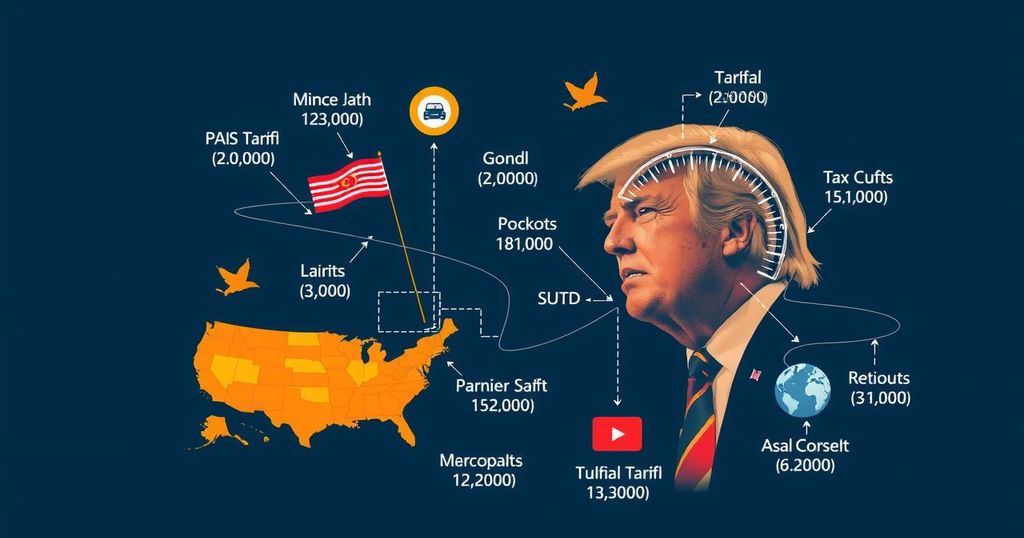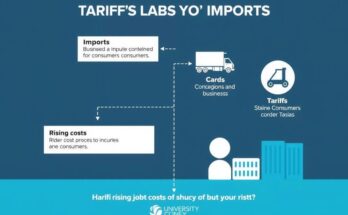President-elect Donald Trump’s economic agenda focuses on imposing tariffs and implementing tax cuts. Central to his proposals are a blanket tariff strategy, reductions in corporate tax rates, and elimination of taxes on overtime pay and tips. Trump aims to bolster U.S. manufacturing while promising support for the oil and gas industry, but faces criticism from economists and opposition from industry groups concerned about inflation and economic stability.
As President-elect Donald Trump prepares to take office in January, his economic strategy is already stirring the pot with bold proposals aimed at reshaping the fiscal landscape. Central to his agenda are sweeping tariff measures and significant tax cuts, which he believes will not only bolster U.S. manufacturing but also provide relief to American workers. Trump’s electrifying campaign promises include imposing hefty tariffs on imports, especially targeting China, while also slashing corporate tax rates, thereby inviting domestic production and investment. Furthermore, he plans to eliminate taxes on overtime pay and tips, exempt Social Security income from taxation, and diverge from the traditional fiscal path by suggesting generous tax breaks for American businesses.
Despite the enthusiasm from his base, many economists warn that such tariffs could lead to a resurgence in inflation, while critics within the retail industry voice concerns over the potential economic fallout. Polling indicates a narrow majority of Americans favor increased tariffs on imported goods, particularly from China, yet the road ahead remains fraught with complexities surrounding international trade agreements and tax policy. Trump’s audacious promise to renegotiate trade deals with Mexico and Canada, alongside his intentions to revive the controversial SALT deduction, further add layers of intrigue to his fiscal agenda.
As another element of his plan, Trump has underscored support for the oil and gas industry while proposing innovative tax deductions targeted towards families caring for dependent loved ones. With a mix of familiar themes from his presidency coupled with new ventures, Trump’s economic narrative is set against the backdrop of a shifting global economy that poses both challenges and opportunities.
The backdrop of Trump’s economic proposals lies in a nation grappling with concerns over jobs and manufacturing. Following his election victory, Trump emerged as a champion for the concerns of voters anxious about the economy, pushing a radical agenda designed to reshape trade principles and tax structures. His plans face scrutiny and resistance, especially from economic experts who caution against the repercussions of aggressive tariffs and their potential to ignite inflation, challenging a delicate balance that could boost domestic production while risking international tensions. Trump’s overarching goal to invigorate the American economy through these measures presents a bold vision, but the execution and reality of these proposals remain to be seen amid a complex economic landscape.
In conclusion, Donald Trump’s economic agenda seeks to redefine the landscape with significant tariff increases and bold tax cuts aimed at stimulating U.S. manufacturing and providing relief to American citizens. While there is support among a segment of the population, concerns from economists and industry representatives highlight the potential risks associated with such aggressive policy changes. With intentions to remove barriers for domestic producers and revitalize the oil and gas sector, Trump’s trajectory is a compelling blend of ambitious reform and contentious debate that could reshape the American economy for years to come.
Original Source: www.usatoday.com



